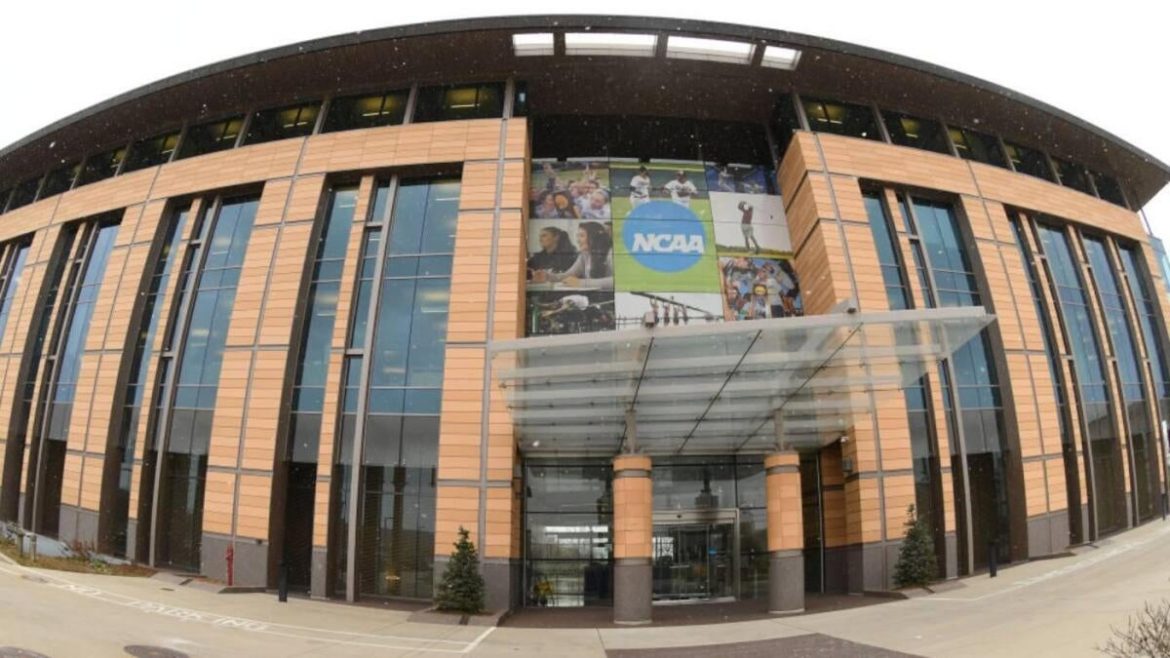The landscape of college sports in the United States stands at a historic crossroads, reshaped dramatically by a combination of groundbreaking legal settlements, evolving policies on athlete compensation, and a new regulatory framework aimed at ending what has been described as the “wild west” era. This intricate interplay of legal battles, regulatory reform, and the modernization of athlete rights is redefining the traditional amateurism model that has governed college athletics for over a century.
The End of Amateurism: Shifting Paradigms in College Sports
For decades, the National Collegiate Athletic Association (NCAA) enforced a strict amateurism regime prohibiting athletes from profiting off their name, image, and likeness (NIL). This foundational principle was legally upheld until recent years when a wave of lawsuits, culminating in the landmark House v. NCAA settlement, fundamentally challenged the legitimacy of denying athletes monetary compensation.
The House v. NCAA settlement, valued at approximately $2.8 billion, signals a monumental departure from the long-standing model. Under this agreement, schools will be allowed—and in some cases required—to compensate athletes beyond scholarships, facilitating direct payments and revenue-sharing models. This development promises to dismantle the traditional amateurism concept, ushering in an era where athletes can finally capitalize on their athletic contributions and marketability.
From “Wild West” Chaos to Regulatory Order: The Enforcement Agreement
The sudden influx of NIL activity initially created a chaotic environment often characterized as the “wild west,” where unregulated endorsements and varying state laws resulted in inconsistent protections for athletes and competitive imbalances among schools. This lack of a cohesive structure invited abuses and legal conflicts, underscoring the urgent need for a binding enforcement mechanism.
In response, the NCAA, alongside the Power Five conferences, crafted a legally binding enforcement agreement intended to establish clear rules, oversight, and compliance standards. This framework aims to curb the previously unchecked NIL market, requiring schools and athletes to adhere to defined spending guidelines and dispute resolution pathways while waiving certain rights to litigate over enforcement decisions. A newly appointed College Sports Commission CEO will play a pivotal role in administering and adjudicating rules violations, bringing a level of centralized authority absent during the NCAA’s prior tenure.
Legal Battles and Unresolved Questions Loom Large
Despite the progress encapsulated in the settlement and enforcement measures, significant legal and practical challenges remain. Judges have questioned the settlement’s specifics, such as roster limits and equal pay for men’s and women’s sports. Preliminary approval of the settlement does not mark an end but rather the beginning of a likely prolonged legal and regulatory refinement process.
The NCAA’s history of antitrust litigation, including the notable precedent of NCAA v. Alston and O’Bannon v. NCAA, continues to influence the evolving legal landscape. Courts have increasingly scrutinized the NCAA’s attempts to limit athlete compensation, casting doubt on prior amateurism protections. However, newly introduced enforcement rules and the settlement’s scope raise complex questions about enforcement power concentration and the balance between athlete autonomy and institutional governance.
Moreover, the rise of NIL deals has spotlighted the differential impact across sports. For instance, college basketball faces heightened risks from NIL dynamics relative to football, with top recruits potentially drawn away by lucrative endorsement opportunities. This disparity threatens to deepen competitive imbalances, fueling the urgency for robust and equitable enforcement strategies.
Maximizing Athlete Rights Within a Complex Framework
The transition toward full NIL rights has stimulated scholarly and legislative attention on how to best secure athlete interests without compromising educational missions. Legislative proposals increasingly advocate for prohibiting the NCAA and member institutions from obstructing athletes’ profit opportunities, while simultaneously ensuring protections against exploitation.
Athletes, now positioned as active participants in a lucrative marketplace, confront the challenges of contract negotiations, financial literacy, and career management within an environment still marked by uncertainty. Structured NIL contracts and enforcement frameworks aim to mitigate these issues by providing clarity and dispute resolution mechanisms, although the efficacy of these tools depends on their implementation fidelity and ongoing oversight.
The Broader Impacts: Institutional, Economic, and Cultural
The profound changes guaranteed by the House v. NCAA settlement and related enforcement mechanisms extend beyond athletes to colleges, conferences, boosters, and fans. Schools will need to adjust recruiting strategies, scholarship allocations, and financial management to accommodate direct payments and NIL commitments. Conferences must reconcile disparate state laws and institutional priorities, balancing autonomy with compliance.
From an economic standpoint, the settlement paves the way for millions of dollars to flow directly to athletes starting as early as the 2025 season’s onset. This redistribution challenges the traditional revenue models of college sports, which have historically prioritized institutional and commercial profits over athlete compensation.
Culturally, the shift reframes college athletes from unpaid amateurs to emerging professionals, raising questions over their status within educational environments and eligibility frameworks. Debates surrounding athlete employment status, rights to unionize, and protections from exploitative practices are likely to intensify as this new era unfolds.
Conclusion: A New Era Marked by Opportunity and Complexity
The dismantling of the NCAA’s amateurism model and the establishment of a binding enforcement structure signal a watershed moment in college sports history. While the House v. NCAA settlement and subsequent policy reforms promise far-reaching benefits for athlete compensation and market regulation, the path forward remains intricate, fraught with legal ambiguities, enforcement challenges, and cultural adjustments.
As stakeholders grapple with a transformed ecosystem, the success of this new era will hinge on the ability of regulatory bodies, institutions, and athletes themselves to navigate the evolving terrain collaboratively. Maintaining balance—between equitable athlete compensation, institutional integrity, and the spirit of collegiate athletics—will define the trajectory of college sports for years to come, moving from the chaotic “wild west” to a more orderly and just future.





